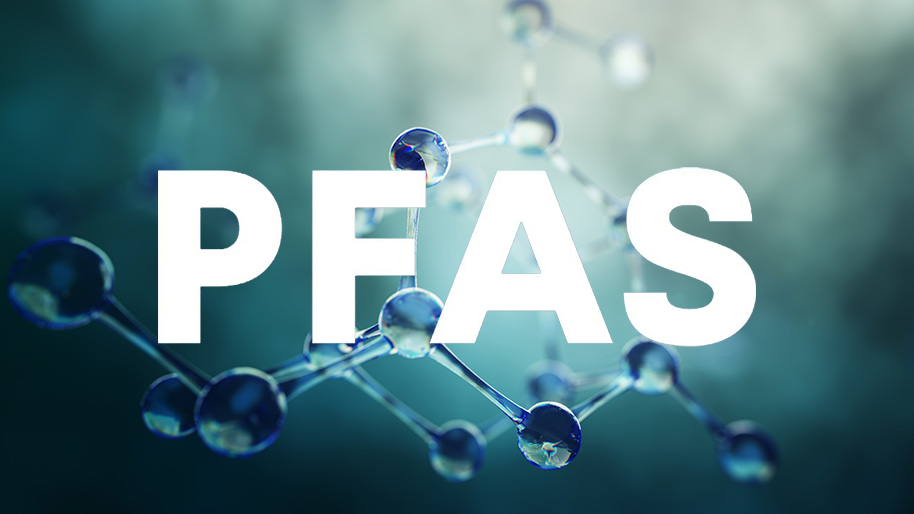Per- and polyfluoroalkyl substances (PFAS), often called “forever chemicals,” have emerged as a significant environmental and public health concern. Known for their persistence in water, soil, and the human body, PFAS are commonly found in firefighting foams, non-stick cookware, waterproof fabrics, and industrial waste. As these contaminants continue to accumulate in ecosystems and water supplies, finding effective methods to remove them has become a global priority.
At Matregenix, we are at the forefront of developing advanced PFAS removal technologies that are efficient, scalable, and environmentally friendly. In this blog, we explore and compare the most promising solutions currently available.
1. Granular Activated Carbon (GAC)
How it works:
Granular Activated Carbon is one of the oldest and most widely used methods for PFAS removal. GAC filters adsorb PFAS molecules from contaminated water by trapping them in porous carbon structures.
Pros:
- Widely available and relatively cost-effective
- Effective for long-chain PFAS like PFOA and PFOS
Cons:
- Less effective for short-chain PFAS
- Requires frequent replacement and regeneration
- Can be impacted by the presence of natural organic matter
Verdict:
A solid choice for municipal treatment systems, but limited in scope when dealing with a wide range of PFAS compounds.
2. Ion Exchange Resins
How it works:
Ion exchange resins remove PFAS by swapping ions in water with ions held by the resin. These resins are specially formulated to target specific PFAS types.
Pros:
- High removal efficiency for both short- and long-chain PFAS
- Can be regenerated and reused
- Compact and scalable
Cons:
- More expensive than GAC
- Can require pre-treatment depending on water chemistry
- May not handle high concentrations well
Verdict:
A more targeted approach, ideal for industrial settings or as a secondary treatment following GAC.
3. Reverse Osmosis (RO)
How it works:
Reverse osmosis pushes water through a semi-permeable membrane, leaving PFAS and other contaminants behind.
Pros:
- Extremely effective for removing nearly all PFAS compounds
- Can handle a wide range of contaminants simultaneously
Cons:
- High operational costs and energy requirements
- Generates PFAS-laden brine that must be managed
- Not suitable for all municipal systems due to infrastructure constraints
Verdict:
Best for high-contamination sites and sensitive applications such as drinking water or wastewater reuse.
4. Nanofiber-Based Filtration – A Matregenix Innovation
How it works:
At Matregenix, we leverage the power of nanofiber technology to create highly porous membranes with large surface areas, enabling precise and efficient PFAS capture at the molecular level.
Pros:
- Superior removal of both long- and short-chain PFAS
- High flow rates with low pressure requirements
- Customizable membrane properties based on application
- Lightweight, durable, and sustainable materials
Cons:
- Emerging technology still gaining widespread adoption
- Requires specialized manufacturing and deployment strategies
Verdict:
Nanofiber filtration represents the next frontier in PFAS removal technologies. With ongoing research and development, this method promises unparalleled efficiency and adaptability.
5. Advanced Oxidation Processes (AOPs)
How it works:
AOPs use powerful oxidizing agents (such as ozone, UV, or hydrogen peroxide) to break down PFAS into harmless byproducts.
Pros:
- Capable of destroying PFAS rather than just removing them
- Can be used in conjunction with other treatment methods
Cons:
- High energy and chemical costs
- Limited effectiveness depending on water composition
- Can produce unintended harmful byproducts
Verdict:
An exciting area of innovation but currently more suitable as a complementary process rather than a standalone solution.
Choosing the Right PFAS Removal Technology
The optimal PFAS removal technology depends on several factors: the type and concentration of PFAS, the treatment setting (municipal vs. industrial), and cost or sustainability considerations.
Matregenix recommends a multi-barrier approach that integrates traditional methods like GAC or ion exchange with advanced solutions such as nanofiber filtration or AOPs. By combining technologies, it’s possible to target a broader range of PFAS compounds while improving overall efficiency and reducing environmental impact.
Final Thoughts
As regulatory standards tighten and public awareness grows, the demand for effective PFAS removal solutions will only increase. At Matregenix our commitment to material innovation and environmental sustainability drives us to deliver next-generation technologies that exceed industry expectations.
Our nanofiber-based PFAS removal technologies are designed to offer high performance, scalability, and reliability—meeting the evolving challenges of modern water treatment.
If you’re looking to implement cutting-edge PFAS filtration systems tailored to your specific needs, contact Matregenix today and learn how our solutions can transform your environmental impact.

